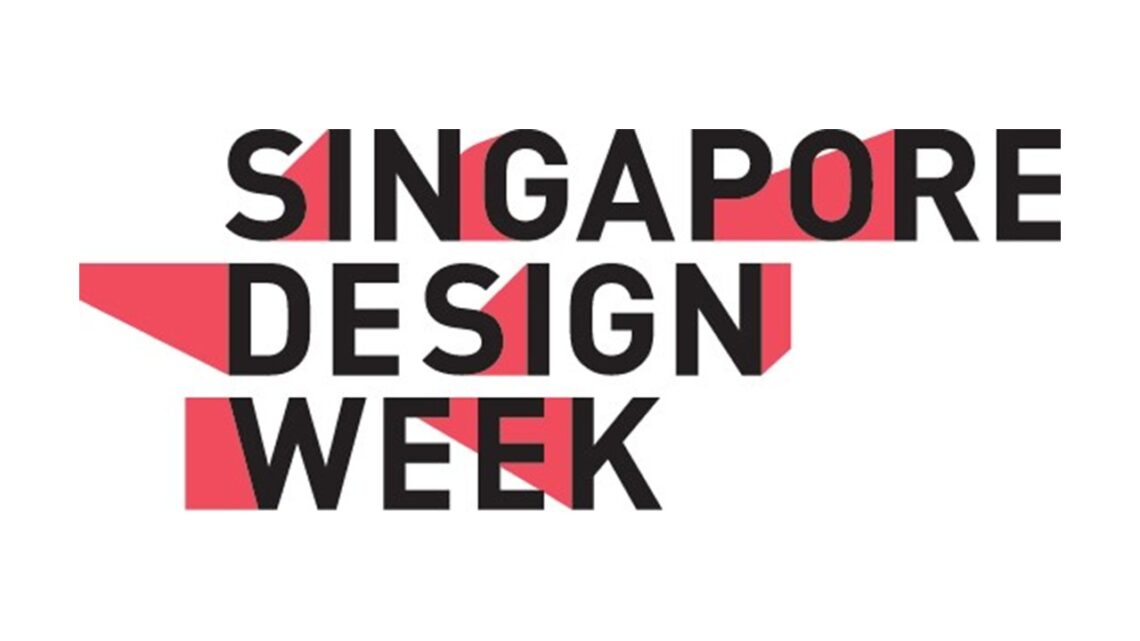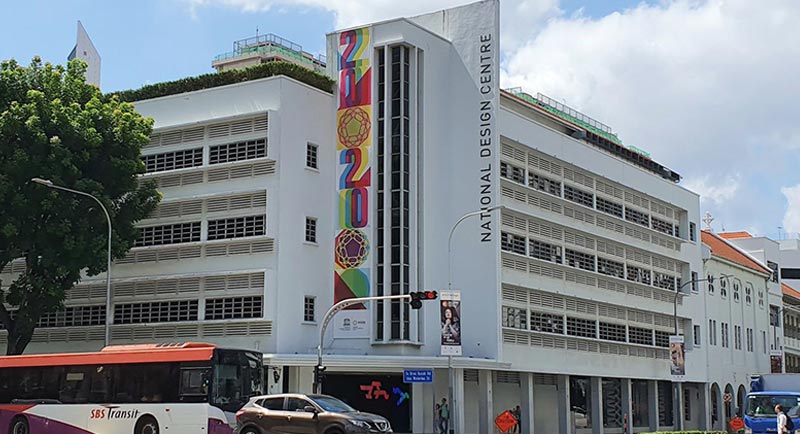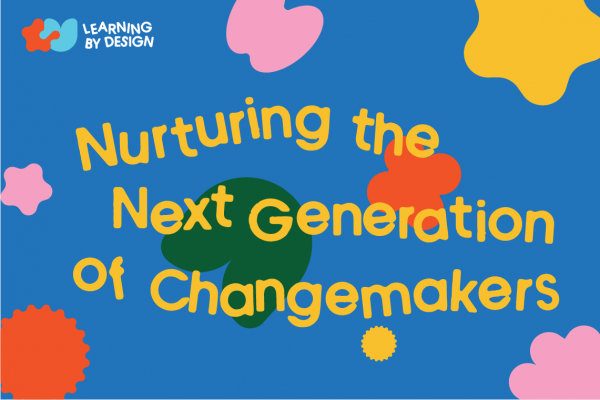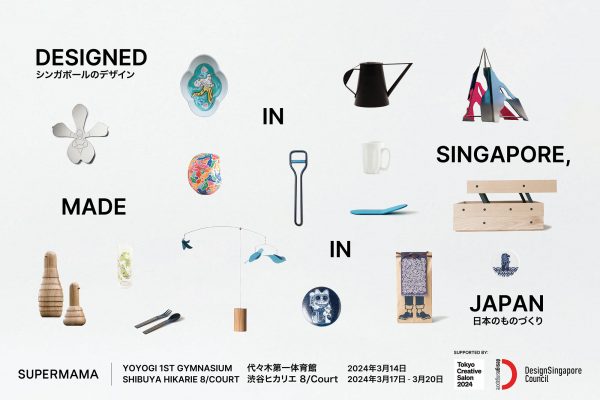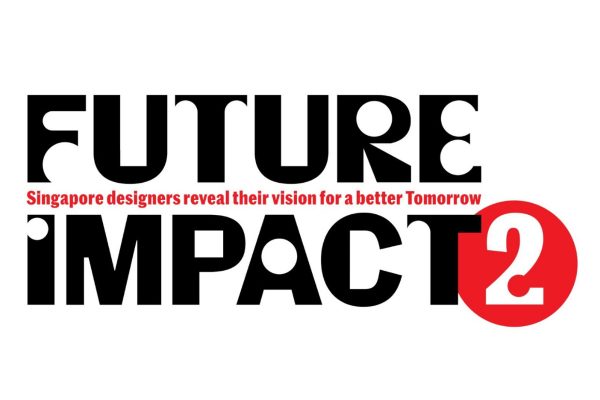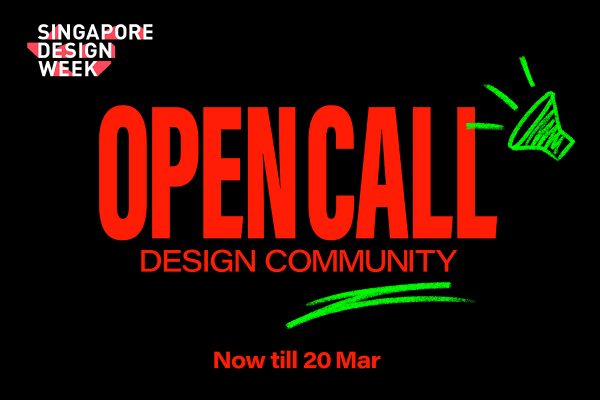
Despite his towering 1.92-metre frame, Shawn Ng struggled to stand out in primary and secondary school. But it all changed when “that very tall guy” entered Temasek Polytechnic to study industrial design. What the artistically inclined Shawn thought was a practical career choice sparked his passion for design. He began exploring the subject more deeply, be it working on school projects, interning for various local industrial design agencies and even launching a T-shirt illustration brand.
In 2017, Shawn received the DesignSingapore (Dsg) Scholarship to pursue a degree at the National University of Singapore’s Division of Industrial Design (DID). The recent graduate shares how the experience broadened his view of design beyond just an aesthetic and problem-solving tool – a message he wants to share with more Singaporeans.
I hear your interest in design was sparked by building model kits. How did that lead you to study industrial design?
Shawn Ng (SN): Back in kindergarten, my dad bought various model kits for me, such as Gundam robots. Through the process of building them, I became interested in drawing and designing my own characters. I even created comics with a friend in primary school and we would share them with our classmates. In secondary school, I took art as a subject. But I always wanted to find a practical career path as my family is not very well-to-do. Design and creating products seemed the most relevant, so I enrolled in Temasek Polytechnic’s Diploma in Product & Industrial Design.
In secondary school, I was overshadowed by other students as my grades were average. My teachers only knew me as a good art student and as “that very tall guy”. In contrast, I excelled in my first year at design school and stood out because of my prior training in art. That really built my self-esteem and spurred me to put in a lot of effort to impress my professors.

Why did you apply for the Dsg Scholarship to pursue a degree at the DID?
SN: After polytechnic, I was considering between continuing my studies or to start working after my National Service. One day, I passed by the National Design Centre and saw there was a briefing session that day on the Dsg Scholarship. I ended up attending it and heard Associate Professor Patrick Chia share about the DID programme he lectures in. I had also learnt about DID while interning at STUCK Design, which is founded by its graduates. What intrigued me was DID’s vertical format of design platforms where junior students work alongside their seniors on a design brief and learn ideas, skills and methods from one another. After the talk, I applied for both DID and the scholarship. Getting the scholarship meant I could also further my studies without worrying about how to finance it.
How was your experience at DID?
SN: It was a very big change in culture from my polytechnic education as the range of work and ways of thinking were so diverse. While the polytechnic equipped me with the skills and know-how, the university provided me with the ‘whys’ that guide the profession. The lecturers also exposed me to design beyond simply a problem-solving tool, and to look at how these problems even come about in the first place because of behaviour patterns or values held by different cultures or societies. Previously, my polytechnic friends and I had attended DID graduation shows and felt their speculative and discursive projects were not really “design” because they did not create a practical solution for a problem. But I’ve come to realise that such approaches were using design to present opportunities and alternate ways of looking at an issue.
I still remember my first year at DID when I worked on a project for a class taught by Christophe Gaubert. We were tasked to dissect a fruit to understand its value and design a product to express it. I was assigned the physalis and discovered its protective husk dried and crumbled as the fruit ripened inside. I linked this process of life and death to that of traditional rattan-weaving in Singapore. My project, Wv, explored how traditional rattan-weaving techniques could be revived with modern materials such as fibre optics. The process was so enjoyable that I did not want to put away the project even after the class ended! I eventually developed a new iteration of the project after graduation at the Design Incubation Centre in NUS.

Another project you have continued developing since DID is your graduation thesis, Caregiving 101. Can you tell us more?
SN: During an exchange at Delft University of Technology, I took a course in strategic design and became very interested in working on such a project for my thesis. I had attended the President*s Design Award ceremony in 2018 and learnt about the Who Cares? Transforming the Caregiving Experience in Singapore project by fuelfor. I was impressed by how the designers related the complexities of caregiving through fundamental emotions that can be easily understood by the layperson. The project has helped the National Council of Social Services (NCSS) transform the future of caregiving. Through Dsg, I got in touch with NCSS and proposed starting a new project to facilitate conversations between caregivers.
Caregiving 101 builds upon the insights gathered earlier by fuelfor but is more narrative-driven and informed by the Solomon’s Paradox — the notion that one can think more sensibly about the problems of others than one’s own. Thus, the toolkit is designed like a role-playing game, using a third-person perspective to help guide caregivers through issues they may face. Since graduation, I’ve conducted several testing sessions with NCSS to improve on the toolkit. We are close to finalising the design and it will be used as a companion to Who Cares?.
You recently joined Trigger Design full-time, but even as a student you simultaneously interned and freelanced at various local design studios. What motivated you to work while studying and what lessons have you learnt?
SN: I was very, very driven since my polytechnic days because I wanted to get more income and experience. I have a certain level of anxiety if I’m not doing anything too. My first, and also most memorable, internship was at NextofKin as I really improved a lot. I also learnt soft skills, especially how to better communicate my ideas through storytelling.
In July 2021, I joined Trigger Design with a goal of learning project management and people skills by taking on a more client-facing role. I also suggested to my boss that the company start an initiative called Trigger+ to collaborate with like-minded creatives. We are currently working with Offcut Factory to launch a small collection of objects as part of their goal of making waste materials such as offcuts more desirable.
What is next for your design career?
SN: I aim to better bridge design with local culture. There is a disconnect as many Singaporeans still think design is just about making things look good. I believe the first step is by better integrating design with business so we can appeal to the pragmatic Singaporean by solving problems and producing results. Only as design trickles into our everyday lives can more people begin to appreciate it as a tool of exploring and shaping societal and cultural values too. At Trigger Design, I’ve been incorporating insights on societal and cultural values into our work to help the multi-national companies we work with better understand why we design the way we do.
Another aim I have is to travel overseas for several months while working. My love for traveling started during my exchange when I really had the time to slow down. I realised I had never really put aside time for myself, my family and my partner because I’ve always been hustling.

